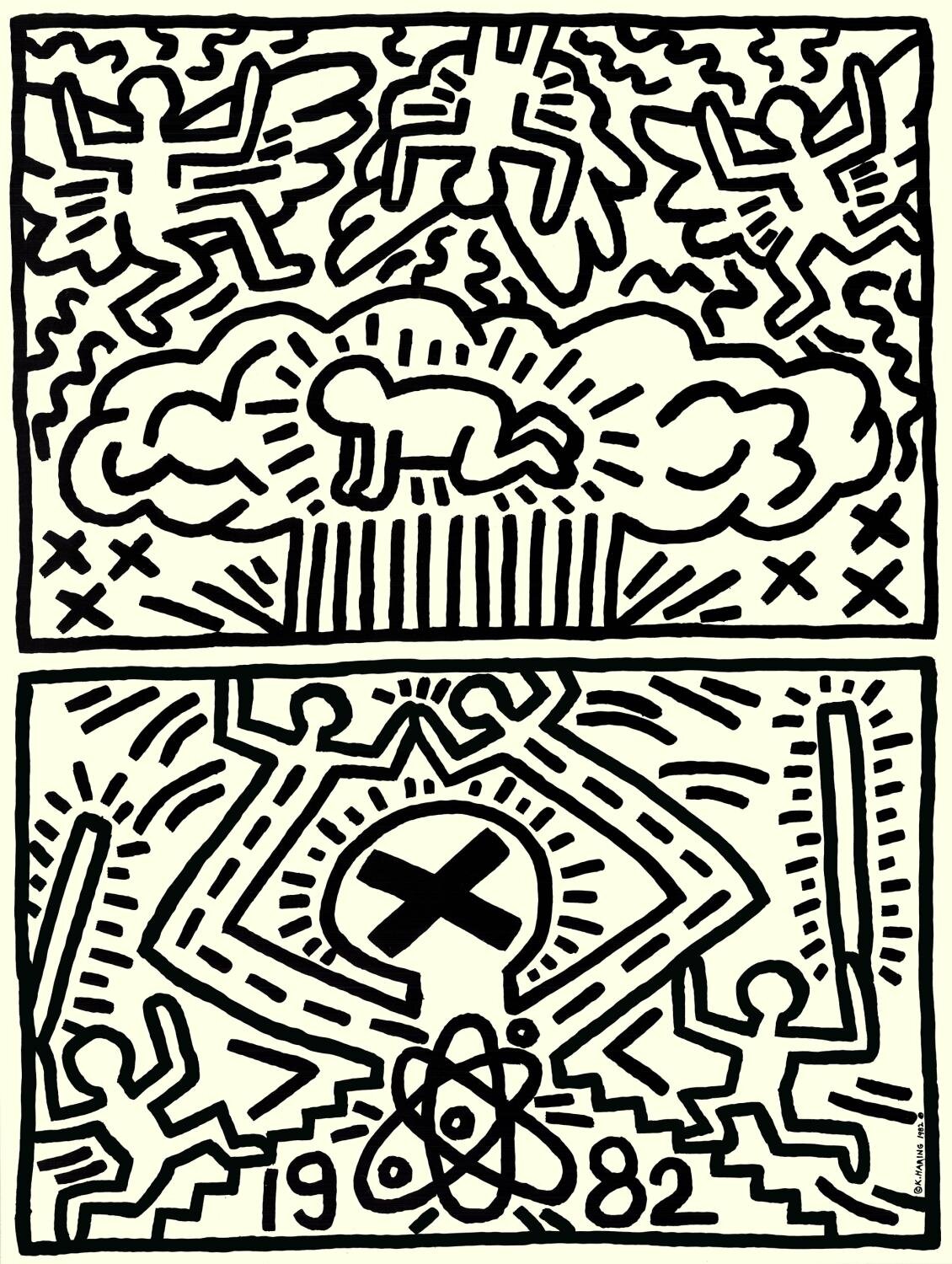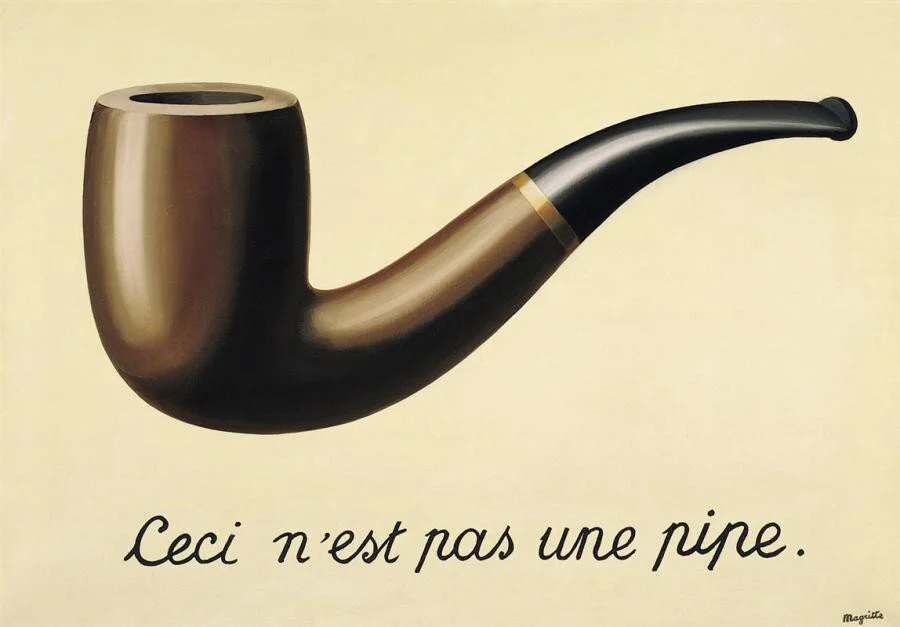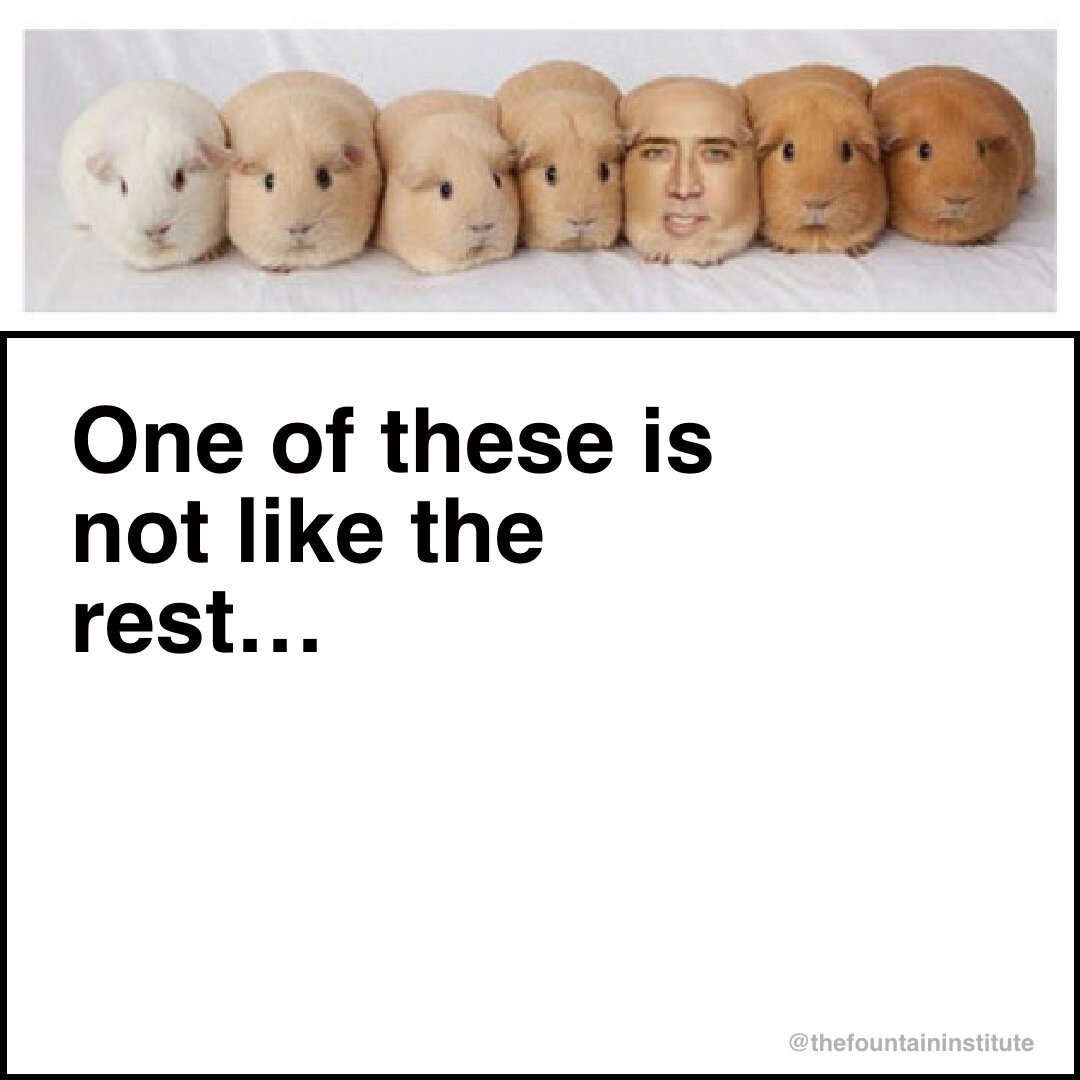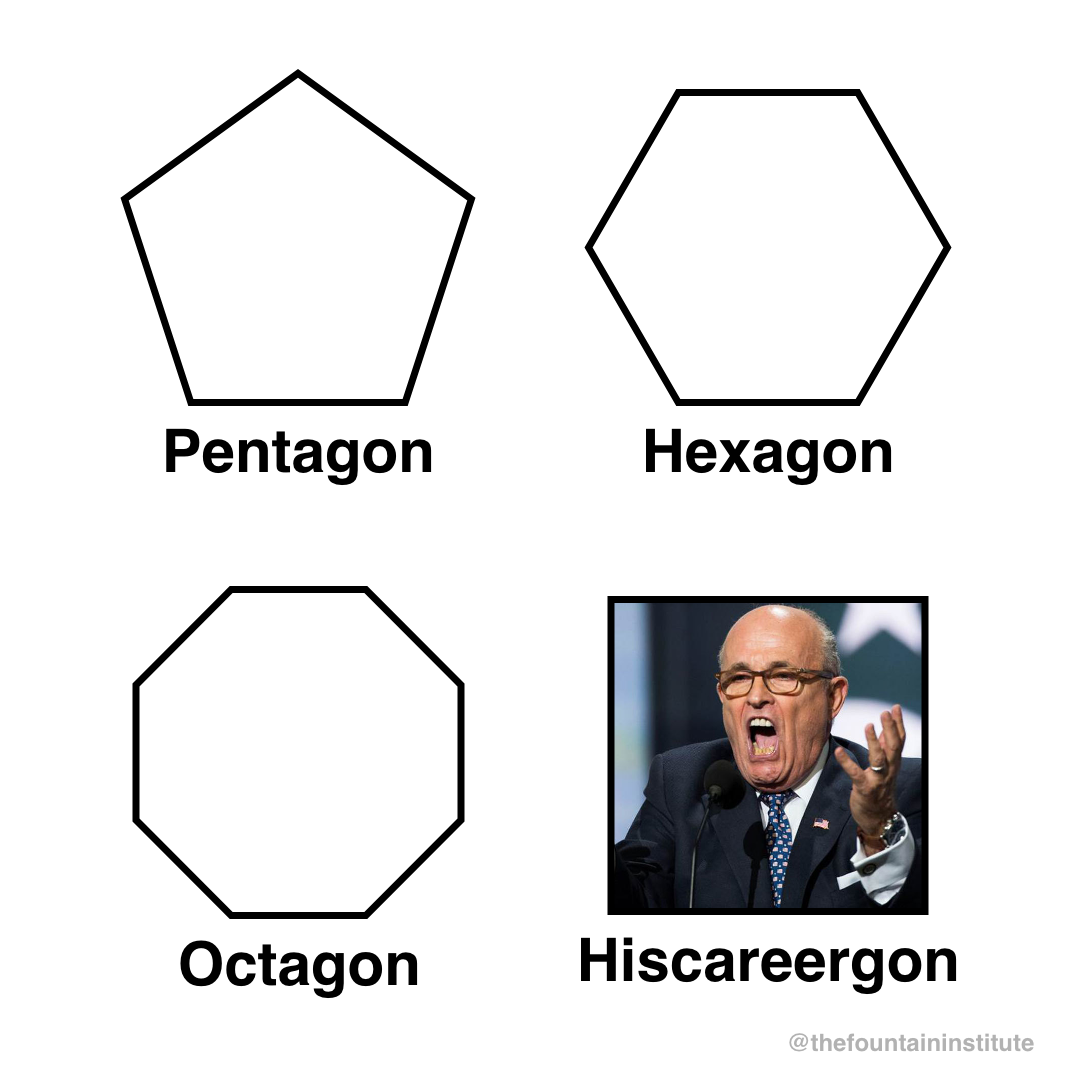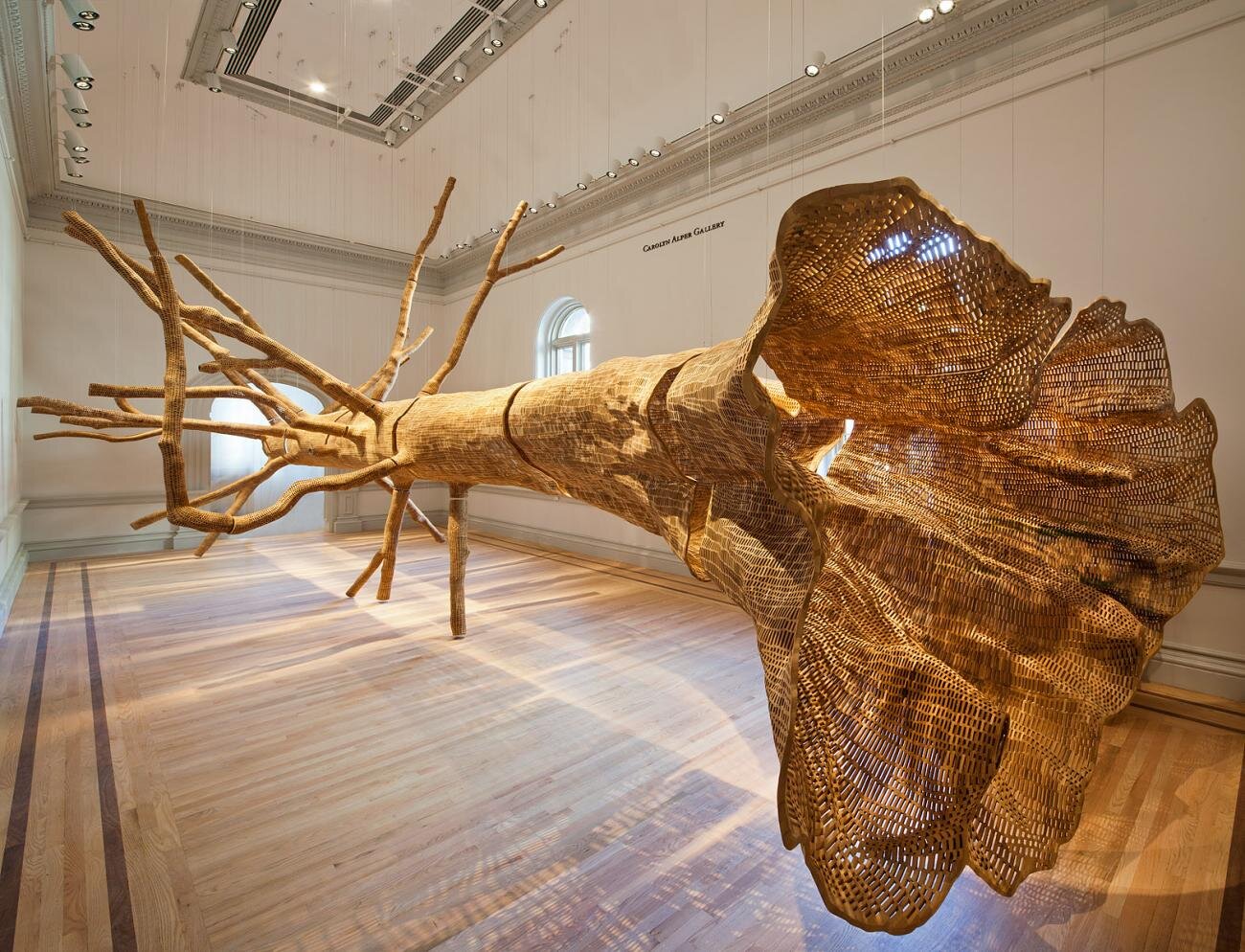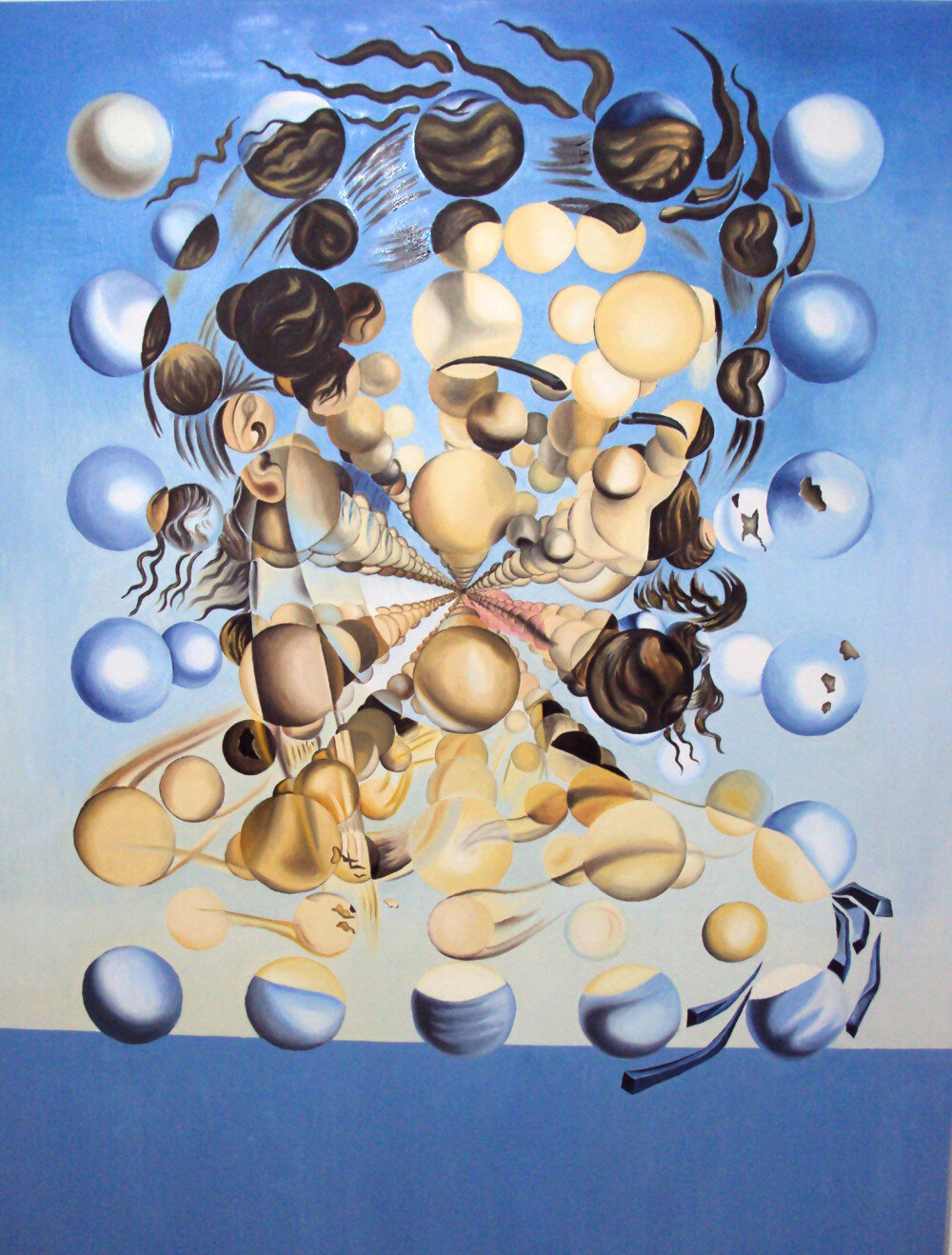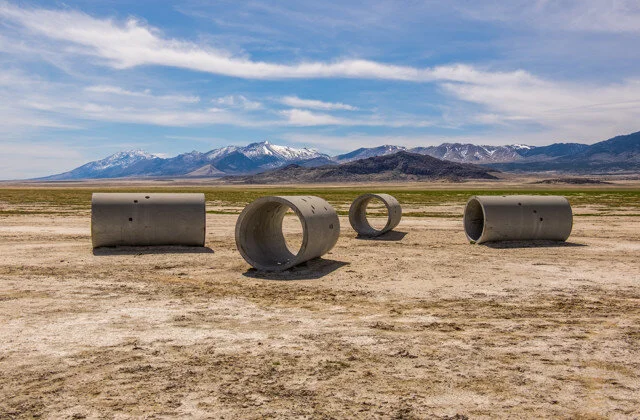The Elements of Art and Design
You know what the elements of art and design are...right? I mean, we were taught them in elementary school. You probably had that same poster in every US art classroom from 1980 on that talked about line, color, value, shape, texture, form, and space, but when was the last time you thought about them?
Well, you're in luck because we will go over them now with examples from contemporary art that highlight each element, including Kara Walker, Nancy Holt, Robert Smithson, Nick Cave, John Grade, and many more. So when you want to impress your artsy friends, you can talk about how Nick Cave utilizes texture in his Soundsuits by creating rhythmic notes.
So what are the elements of art and design?
1. Line
A mark with length and direction; a continuous mark made on a surface by a moving point. An element of art defined by a point moving in space. A line may be two-or three-dimensional, descriptive, implied, or abstract.
2. Color
Technically color is the amount of light reflected or absorbed by an object. Another word for color is hue, but there are two other factors to color: value and intensity (yes, this is another element of art too…. hold on, we will get to it).
Hue: name of a color
Value: hue’s lightness and darkness (a color’s value changes when white or black is added)
Intensity: quality of brightness and purity (high intensity= color is strong and bright; low intensity= color is faint and dull)
3. Value
See, I told you we would get to value, the lightness or darkness of a color. How light or dark an object or element is, independent of its color. Wait, what? Did we contradict ourselves, kinda? Yes, value refers to color, but other things can have different values too, such as shading. Shading uses value to depict light and shadow and show volume/form.
4. Shape
An enclosed area defined and determined by other art and design elements; two-dimensional. Geometric shapes like circles and squares are mathematical and precise, while organic shapes take cues from nature and tend to be curved and abstract.
5. Form
An element of art and design that is three-dimensional and encloses space. Like shapes, a form has length and width, but also depth. Form can be geometric or organic. However, unlike shape, a form is always three-dimensional. Forms can be well-defined, such as a cube, or free-form, such as a tree.
6. Texture
The surface quality or feel of an object, its smoothness, roughness, softness, etc. It is used to describe the way a three-dimensional work feels when touched. A two-dimensional work, such as a painting, may refer to the visual "feel" of a piece.
7. Space
The area within, around, above, or below an object or objects. The work can utilize space by its organization, its boundaries, or its physical space. One can fill the space of a page, a canvas, a room, or even the outdoors.
So why is this important for you today?
Maybe your boss or colleagues don’t know how to talk to you about your designs. Maybe they don’t know how to communicate what they think about your work. Well, here is a refresher for them and you.
Also, you can pass this along to Chad so he can stop his subtle, passive-aggressive feedback about your project.




